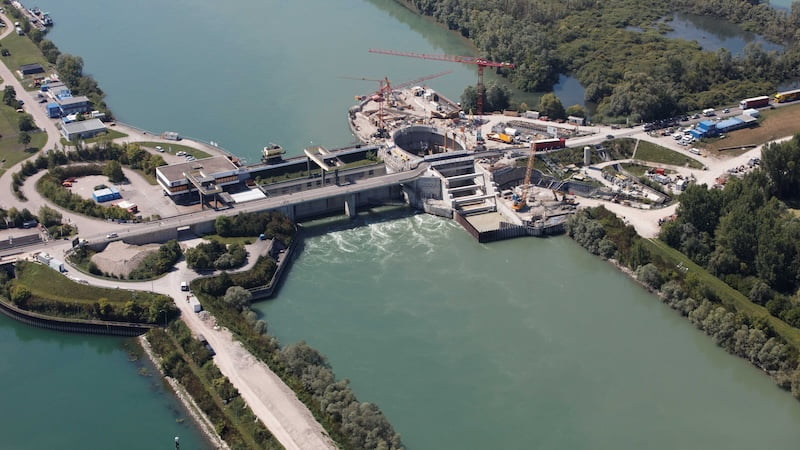
When it comes to sustainable energy supply, hydroelectric power plants are playing an increasingly important role. They use the mechanical energy of flowing or falling water to generate electricity. But how does a hydroelectric power plant actually work?
Hydroelectric power plants have a long tradition in Germany. They are one of the oldest methods of generating renewable energy. In fact, people have been using the power of water for more than 5,000 years. In the past, water pressure in rivers was used to drive millstones, for example.
Today, hydropower covers more than 16 percent of the world's electricity needs. There are 7,300 hydropower plants in Germany. Together, they have an installed capacity of around 5,600 megawatts. Most hydropower plants are located in Bavaria and Baden-Württemberg. They account for around 80 percent of all German hydropower plants.
How does a hydroelectric power plant work?
Hydroelectric power plants generate electricity using water. The energy of the flowing water – also known as fluid mechanical energy – drives turbines. This creates rotational energy. Generators then use this energy to generate electricity.
The efficiency of hydroelectric power plants is up to 85 percent, which is significantly higher than that of other types of power plants. There are four common types: air-hydro power plants, water storage power plants, pumped storage power plants and tidal power plants.
How run-of-river and storage power plants generate electricity
Source: https://www.basicthinking.de/blog/2024/08/19/wie-funktioniert-ein-wasserkraftwerk/


